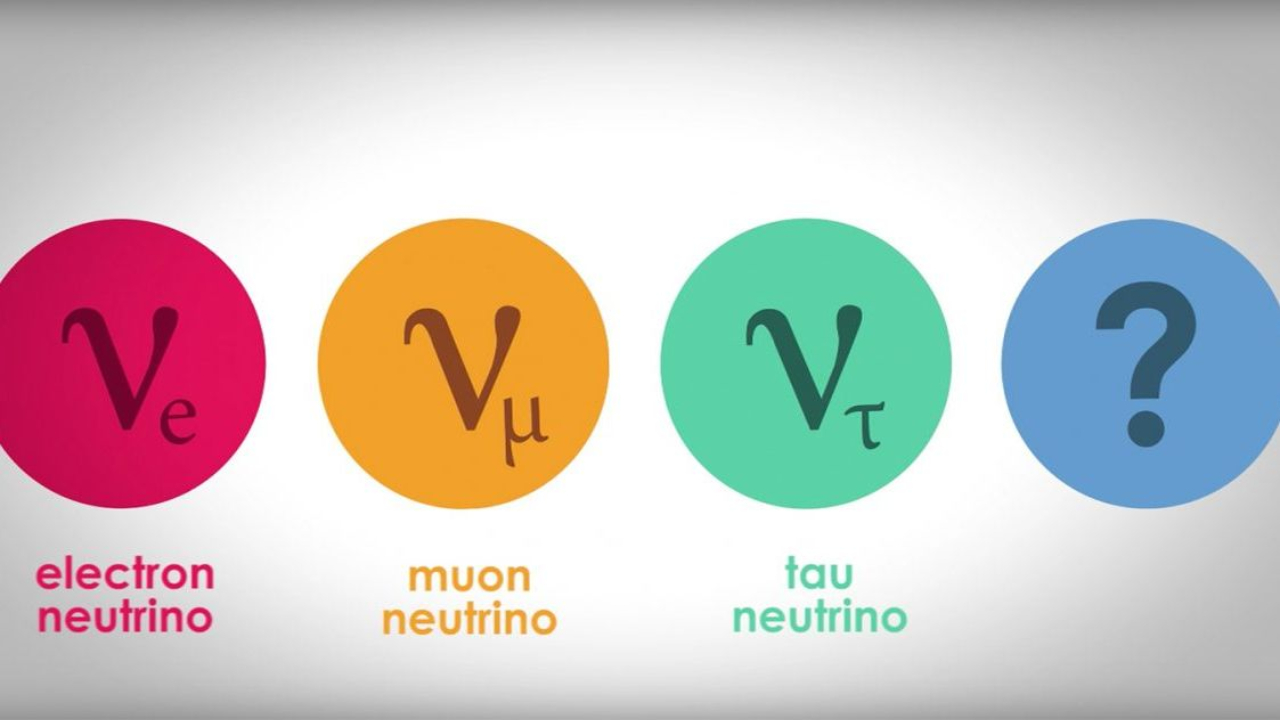Science News
& Faculty Articles
In Search of the Fifth Fundamental Interaction

Image Credit: ISTOCK
By Amal Pushp, Affiliate Physicist at the Resonance Science Foundation
Majority of the phenomena occurring in nature could be explained based on just four fundamental forces. In increasing order of their strength, these forces are gravitational force, weak nuclear force, electromagnetic force, and strong nuclear force. Although these fundamental interactions explain most of the physical events in our universe, there are some phenomena which could not be explained based on these known forces thus leading physicists to ponder whether there could be additional forces at play.
Some of the main reasons why the search for the fifth fundamental force has been propelled lately are dark mass and the agent causing the accelerated expansion of the universe, namely dark energy. Quintessence, a form of dark energy, has been speculated to be a candidate for the fifth force [1, 2]. Another fifth force probe that became famous during the 80s resulted from a reanalysis of the...
Parity Symmetry, Broken Symmetries and their Physical Significance

Image credit: Shutterstock
By Amal Pushp, Affiliate Physicist at the Resonance Science Foundation
The mathematical property named “symmetry” manifests itself essentially at all scales in nature. From the petals of flowers down to the domain of atoms and molecules, symmetry plays a crucial role in shaping the structure of matter and unveiling the nature of physical reality. The definition of symmetry can change depending on the situation for example, the geometry of an object and its invariance under certain rotations or reflections might give a general mathematical idea of its symmetry but in physics, symmetry specifically concerns a change in a particular physical process or interaction. A physical process is said to be symmetric with respect to a change if it remains invariant despite the induced change.
There exist several types of symmetry in nature, and when it comes to particle physics, we are primarily...
Observations from the STEREO Collaboration Anticipate a Final Blow to the Sterile Neutrino Paradigm

By Amal Pushp, Affiliate Physicist at the Resonance Science Foundation
Neutrinos are elementary particles that are essentially produced during radioactive decay and are named so because they do not carry any charge and hence are electrically neutral. Neutrinos are ever-present, fluctuating around us all the time, and penetrate the earth with little-to-no interaction. Essentially, they travel at the velocity of light and are not deflected in presence of magnetic fields. All these properties make the detection of neutrinos a troublesome enterprise.
One of the concerning uncertainties surrounding neutrinos is whether they carry mass, though a phenomenon called neutrino oscillation does provide some hint that they possess a small mass. These puzzling particles originally come in three flavors (electron, muon, and tau) and their oscillation explicitly involves the transition of one flavor into another. Interestingly, neutrino oscillation indicates that neutrinos have...
Neutron Helical Waves

CREDIT: SEAN KELLEY/NIST
By Amal Pushp, Affiliate Physicist at the Resonance Science Foundation
Neutrons form a major component of baryonic matter. Except for hydrogen, neutrons are present in the central region (nucleus) of the atoms of all elements. Although they are electrically neutral, they are very crucial for the determination of atomic structure and its composition. One of the key reasons why they are influential is due to the fact that they can penetrate materials that optical radiations like X-rays usually cannot.
The de Broglie hypothesis of quantum theory tells us that elementary particles can possess dual characteristics, wave and particle, depending on the situation. Just like the electrons, the wave characteristics of neutrons can also be employed to study materials and one of the major advantages in this regard is that the wavelength can be turned extremely small which in turn results in a high-resolution image of the sample under study. This...
Quark-Gluon Plasma and the Size of the Nucleons

By Amal Pushp, Affiliate Physicist at the Resonance Science Foundation
The atomic nucleus of an atom consists of protons and neutrons bound together via strong nuclear interaction. Due to this, protons and neutrons are also called nucleons. Furthermore, protons and neutrons have inner substructure and consist of a combination of up and down quarks as well as gluons, which are particles mediating the strong force. Physicists usually probe the structure of nucleons with particle collisions in accelerators. Specifically, the development of the quark model in particle physics emerged by investigating the deep inelastic scattering of electrons on protons and bound neutrons for which the investigators were also awarded a Nobel prize back in 1990.
What happens when we heat atomic nuclei at high temperatures? We eventually achieve a new state of matter called quark-gluon plasma. Quark-gluon plasma may be defined as a state of matter in which the elementary...
The Puzzle of Baryon Asymmetry and the Cosmic Origin of Matter

Credit: M. Weiss / Harvard-Smithsonian Center for Astrophysics
By Amal Pushp, Affiliate Physicist at the Resonance Science Foundation
At the very beginning of our universe, a short phase after the big bang, everything is supposed to have existed in the form of a hot soup of particles, presumably containing equal proportions of matter and anti-matter. As the universe expanded in size, the overall temperature lowered and particles coalesced together to form the various structures that we detect with our modern-day astronomical instruments and technology.
Anti-matter, which is basically the opposite of matter, in most respects behaves just like its matter counterpart, the only key difference is in the charge that it carries. For example, the anti-particle of the electron, a negatively charged particle, is called the positron, which as the name suggests is positively charged. An interaction between electron and positron causes annihilation leaving just photonic radiation behind....



